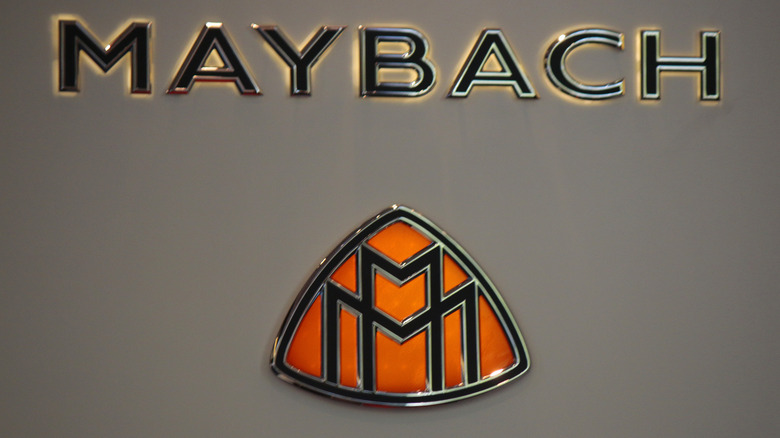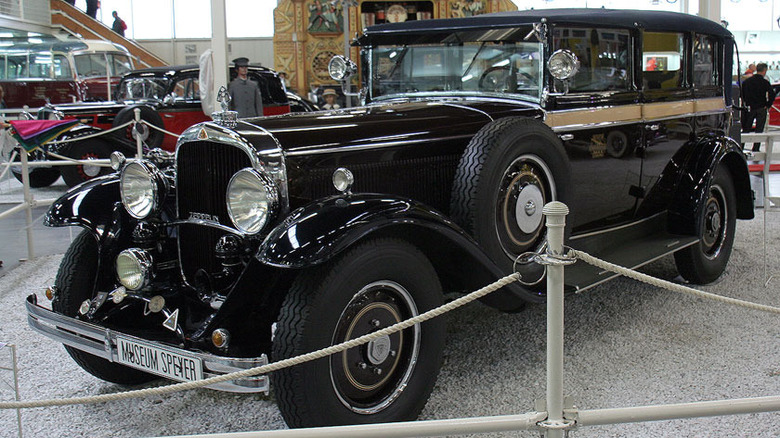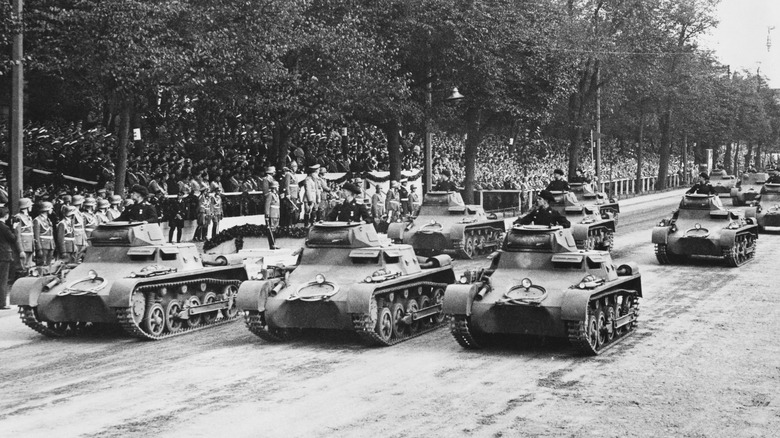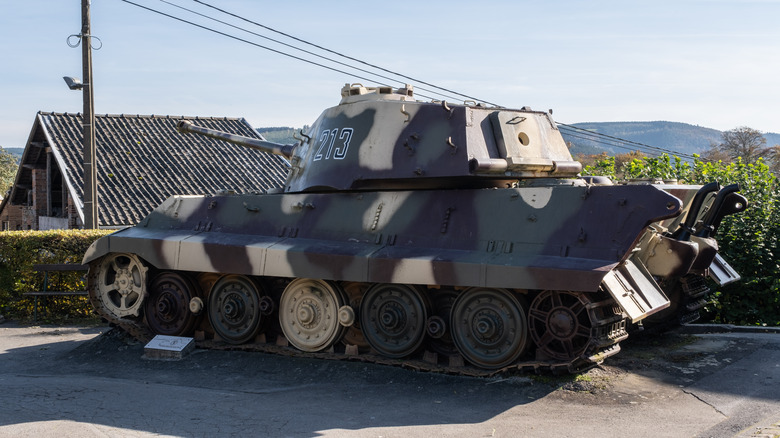Maybach Power: The Engine Behind Germany's Legendary Panzer Tanks
Almost 80 years removed from the end of World War II, today's generation is more likely to know Maybach as the ultra-luxury car brand by Mercedes-Benz, not that it once produced engines that powered Adolf Hitler's dreaded Panzer tanks across battlefields.
The Maybach name and its association with the auto industry go back many years. Augustus Wilhelm Maybach was born on Feb. 9, 1846, in Heilbronn, Germany. His mother died in 1854, and two years later, so did his father. Sometime in early 1856, he was taken in by an orphanage in Reutlingen called the Bruderhaus. It's here where Maybach first met Gottlieb Daimler, and the two began working closely together.
Daimler and Maybach started changing the world in 1885 when the dynamic duo created "Reitwagen," the first motorcycle. This was followed by the first motorboat and "Motorkutsche," the first four-wheel car (both in 1886). A year later, they branched off into building train engines, and in '88, the engine for Dr. Karl Wölfert's airship, regarded as the first one powered by a gasoline engine.
Daimler founded Daimler-Motoren-Gesellschaft (DMG) in November 1890 and made Maybach chief design engineer. Daimler would die in March 1900, but that didn't stop Maybach from continuing his legacy.
Zeppelin led the way
Not long after Daimler's death, Austrian business entrepreneur and race car driver Emil Jellinek hired Maybach to build a cutting-edge racer. In 1901, Maybach obliged, naming it after Jellinek's daughter, Mercedes, thus technically creating the very first "Mercedes" automobile.
Maybach left DMG in 1907, but fate once again intervened and, with the help of Mother Nature, destroyed the Zeppelin LZ 4 airship in a storm. Maybach and his son Karl saw an opportunity and convinced Count Ferdinand von Zeppelin, creator of Zeppelin airships, that they could build a better one. In March 1909, the three formed Luftfahrzeug-Motorenbau-GmbH Bissingen, with Karl overseeing the company and making the airship's new engine.
When the company relocated and changed names to Luftfahrzeug-Motoren-GmbH in 1912, Wilhelm turned over the reigns to his son. Throughout World War I, Karl built engines for airships, boats, planes, and trains. Just as the war was coming to an end, the name changed to one that finally bore the family crest, Maybach-Motorenbau GmbH, and set its sights on the automotive industry.
In 1921, the 22/70 PS (known as the W 3), Maybach's first production car, rolled onto the scene with a seven-year run. In 1929, it created the 12 DS (the Zeppelin), powered by a massive V12 engine, one of the first of its kind. The company continued to go toe-to-toe with Daimler-Benz AG into 1941, constantly upping the ante on vehicle and engine design.
[Image by nemor2 via Wikimedia Commons | Cropped and scaled | CC BY-SA 2.0]
Panzer power
When Hitler took control of Germany in August 1934, it's very likely he was already aware of Maybach's reputation. It was, after all, an engine-building company that had long existed in Germany.
It should also not come as any great shock that Hitler "compelled" the company to build parts and equipment for his war machines that would go on to ravage Europe. Other German companies like Daimler-Benz and BMW were tasked similarly."
According to Maybach, it was a "dark era" in its history wherein Hitler conscripted it and other companies to produce engines for the Nazis, sometimes using prisoners of war and concentration camp detainees to do so. In fact, Maybach would go on to build the engines that went into nearly all of Germany's medium and heavy tanks, as well as half-tracked vehicles like the Sd.Kfz. 251, Sd.Kfz. 9, and Sd.Kfz.11.
The Panzerkampfwagen began life as Germany's main light tank and was used as a scout and training vehicle. It was also the first mass-produced German tank and the first used in combat in significant numbers. It was small, crewed by two soldiers, and weighed just 5.4 tons. Its armor was only .51 inch thick. A Krupp M 305 four-cylinder air-cooled gasoline engine powered the Panzer, outting out a mere 59 hp with a top road speed of 31 mph.
Panzers and Tigers and French, oh my!
The first iterations of the Panzerkampfwagen II used Maybach's 6-cylinder, water-cooled HL57 TR gas engine that kicked out 130 hp and a hit a top road speed of 25 mph. It was mated to a ZF transmission with six gears plus reverse. Successive versions of the Panzer II used the HL 62 TR/M engines that boosted horsepower to 140, while the TRM engine increased the road speed to 34 mph.
The first two Panzers were temporary solutions until the bigger, more heavily armed, and armored iterations could follow. Each new type of Panzer (I, II, III, etc.) had multiple versions (Ausf.A, Ausf.B, Ausf.C, etc.) based on what they were designed and used for.
The Panzer III upgraded to a 12-cylinder Maybach HL 108 TR V-12 gas engine that could produce 250 hp and had a top speed of almost 22 mph. Each successive version of the Panzer received a newer, more robust engine, culminating in what is considered a remarkable engineering feat – the HL 230 TRM P45 V-12, a 700 hp gas engine stuffed inside the confines of the Panzer VI Tiger tanks.
By the war's end, Allied bombers had destroyed much of Maybach's production facility in Friedrichshafen. When the French military rolled into the region, it rebuilt and turned Maybach into a reparation workshop.
Despite two world wars, Maybach proved it could adapt and build engines for almost any application. After serving a dark period in Nazi history, Maybach has since recovered its reputation.



